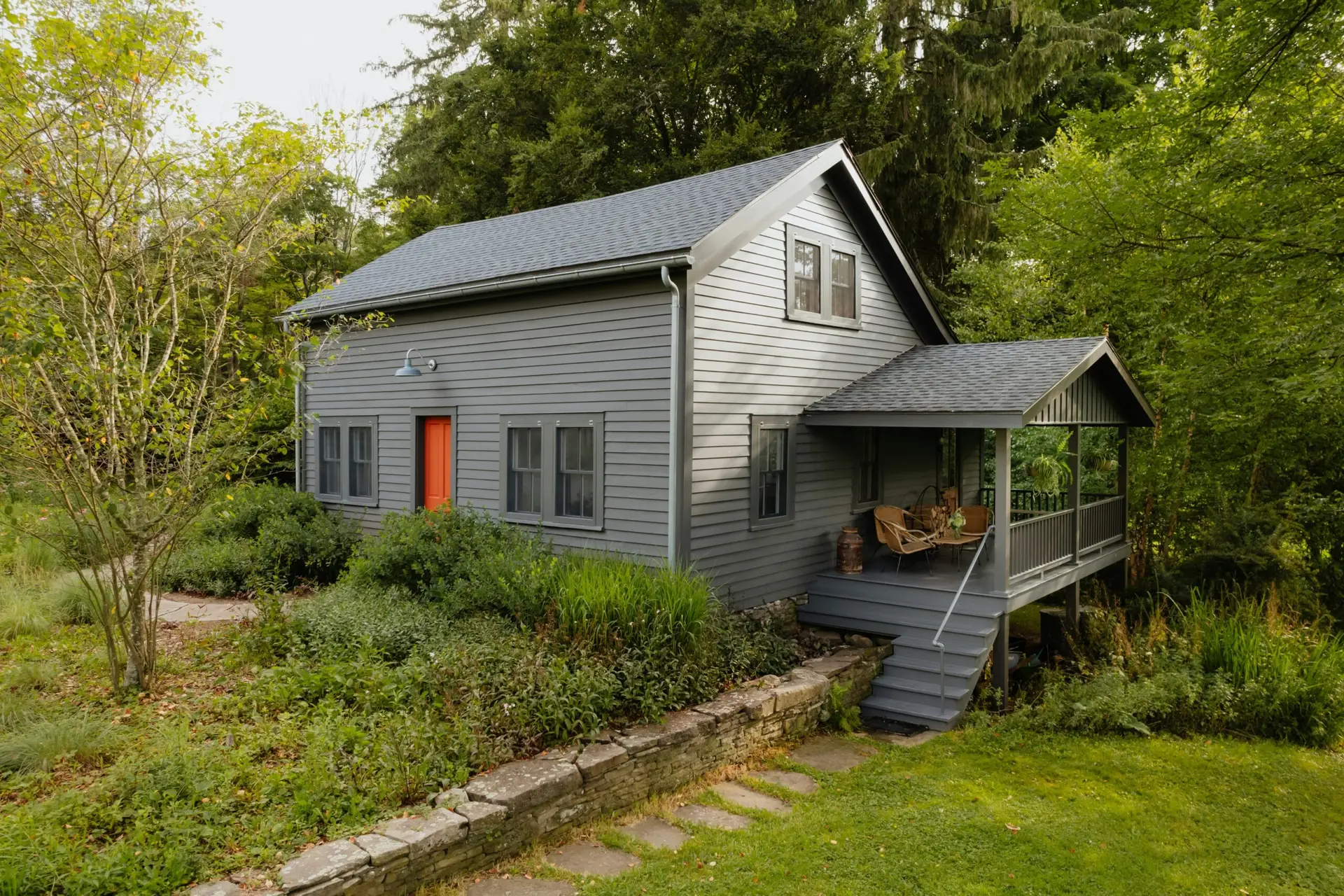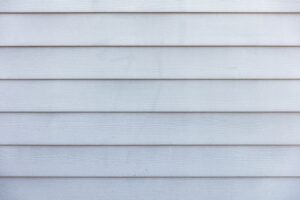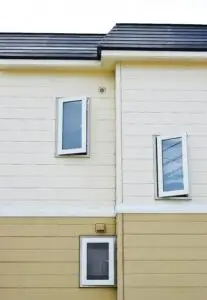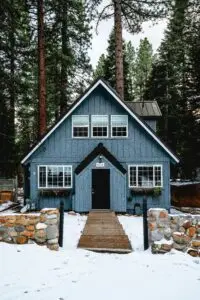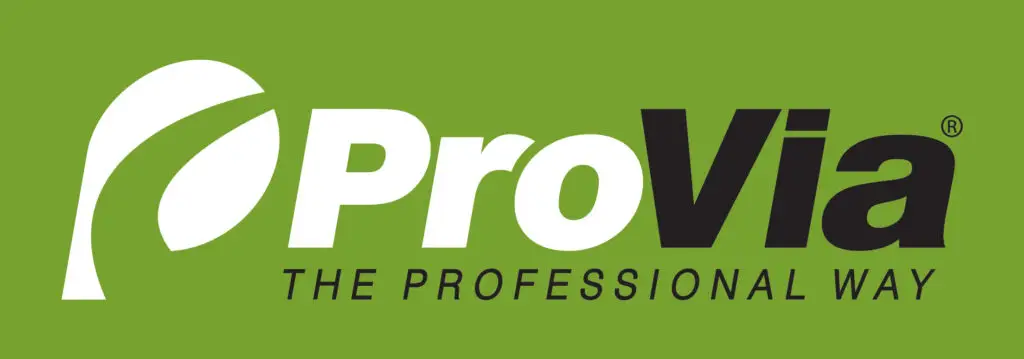Siding installation often leads to debates and misconceptions among homeowners. Some believe all siding options offer similar durability, while others think synthetic materials compromise aesthetics. Cost concerns sometimes drive homeowners to attempt DIY installations, risking their home’s integrity. In this article, we’ll debunk common siding myths and provide insights to help you make informed decisions for your home’s exterior.
Key Takeaways
- Siding durability varies greatly depending on the material used, with some lasting over 50 years
- Professional installation is crucial for optimal siding performance and longevity
- Regular maintenance is essential for preserving siding appearance and protective qualities
- Modern siding materials offer a wide range of attractive and durable options
- Proper preparation before installation ensures a smooth and efficient siding project
Myth 1: All Siding Lasts the Same Length of Time

One persistent misconception about siding is that all types have similar lifespans. In reality, different siding materials vary greatly in durability and longevity. Understanding these differences is crucial for making informed choices, especially considering factors like recycling options, warranty coverage, and potential asbestos concerns in older homes. By examining the lifespan of various siding materials and the factors that influence their durability, homeowners can better navigate the often confusing aspects of siding installation and maintenance.
Comparing Lifespan and Durability of Different Siding Materials
The truth about siding durability reveals significant differences among materials. Vinyl siding offers excellent longevity, often lasting 20-40 years with minimal maintenance. Metal siding can endure for 50 years or more, providing exceptional strength and resistance to harsh weather conditions. Wood siding, while aesthetically pleasing, typically lasts 20-40 years but requires regular upkeep to protect against water damage. Fiber cement siding boasts a lifespan of over 50 years, rivaling the durability of a well-maintained roof and offering resistance to pests and fire. Understanding these differences helps homeowners choose the best material for their specific needs.
Factors Affecting the Longevity of Siding
The longevity of siding depends on various factors, debunking the myth that all siding lasts equally long. Environmental conditions, such as harsh sunlight, rain, and extreme temperatures, significantly impact siding durability. The quality of installation, including proper integration with roofing elements, is crucial in determining how long siding will last. Homeowners should consider factors like location, climate, and siding material used, whether it’s vinyl, stucco, or another option. Obtaining a professional estimate can help assess the siding’s condition and potential lifespan.
Myth 2: DIY Siding Installation Is a Piece of Cake

The idea that DIY siding installation is simple is a dangerous misconception. While cost savings are appealing, professional siding companies have the necessary expertise and tools. DIY attempts can lead to costly repairs and compromise your home’s exterior. Understanding the complexities of siding installation is crucial for making informed decisions about home improvement projects.
Understanding the Skills Needed for Siding Installation
Siding installation requires specialized skills beyond basic DIY knowledge. Professional contractors have expertise in measuring, cutting, and securing materials to ensure proper alignment and weatherproofing. They integrate siding with other home components, making professional installation worthwhile for both residential and commercial properties. Skilled installers also know how to work with environmentally friendly materials and can provide guidance on the best options for each project, often offering personalized consultations.
Risks Associated With Improper Siding Installation
Improper siding installation risks a home’s structural integrity and energy efficiency. Gaps or misalignments can lead to moisture infiltration, affecting the siding, underlying structures, windows, and roofs. In brick homes, incorrect installation can disrupt the air barrier between the siding and brick, causing long-term damage and reduced insulation effectiveness.
Myth 3: Siding Requires No Maintenance
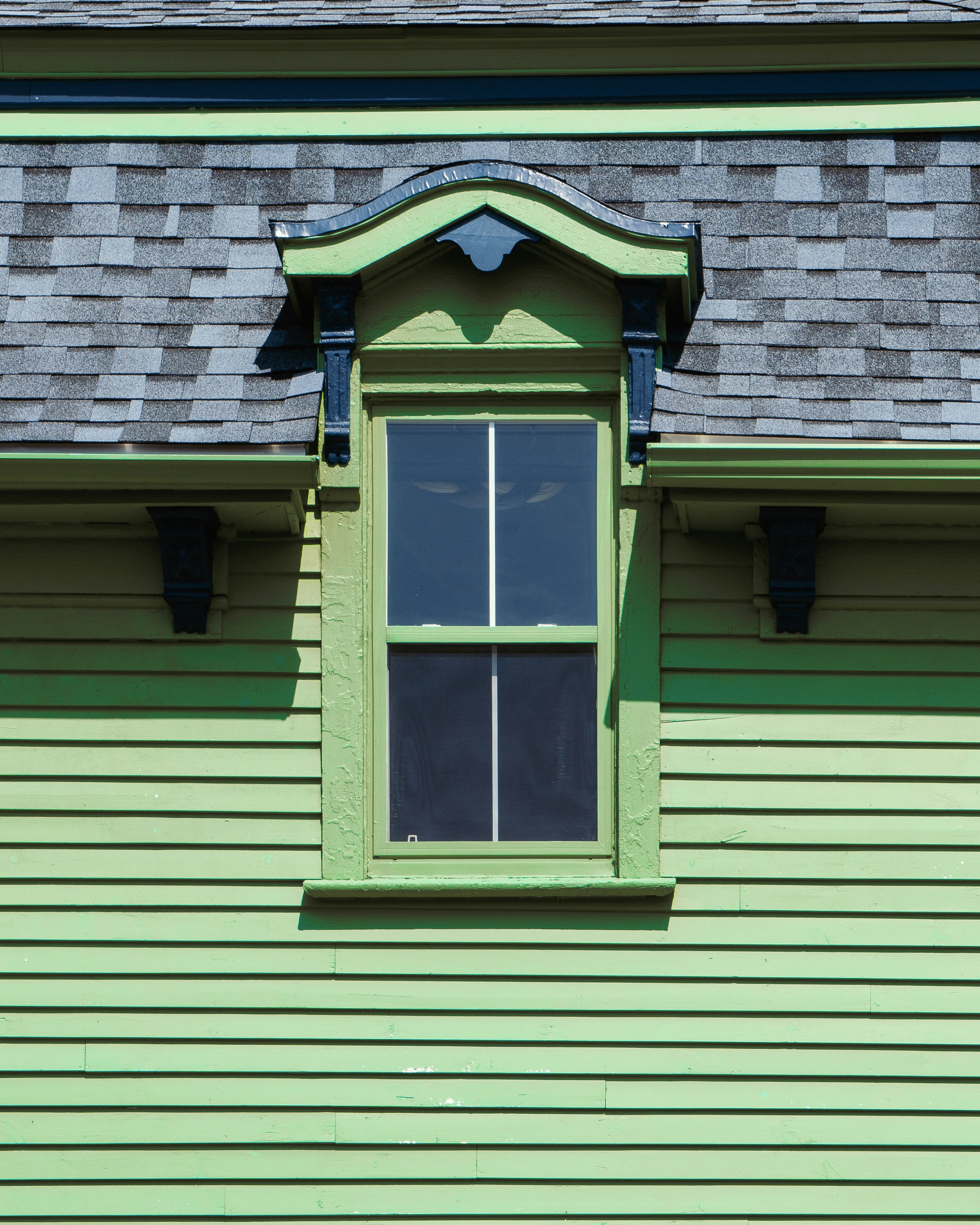
The belief that siding is maintenance-free is a common misconception that can lead to premature deterioration and costly repairs. While modern siding materials are more durable, they still require periodic care to maintain their appearance and protective qualities. Different siding types have varying maintenance needs, from simple cleaning to more involved upkeep. Neglecting these tasks can result in water damage, pest infestations, or structural problems. Understanding the care requirements for your siding type and implementing a regular maintenance routine can significantly extend its lifespan and preserve your home’s value.
Routine Maintenance Tips for Various Siding Types
Different siding materials require specific maintenance routines for longevity and optimal performance. Vinyl siding benefits from annual washing with a mild detergent to remove dirt and prevent mold growth. Wood siding needs painting or staining every 3-7 years and prompt repairs of cracks or damage to prevent moisture intrusion. Fiber cement siding requires less maintenance but still benefits from periodic cleaning and inspection for signs of wear or damage.
How Neglect Can Lead to Costly Repairs
Neglecting siding maintenance can have severe consequences for homeowners. Unaddressed issues like small cracks or loose panels can allow moisture to penetrate, leading to rot, mold, and structural damage. These problems can escalate quickly, turning minor repairs into major overhauls. Regular inspections and timely maintenance can prevent costly scenarios by checking for loose or damaged panels, cleaning siding annually to prevent mold growth, inspecting and repairing caulking around windows and doors, addressing signs of pest infestation promptly, and maintaining proper landscaping to avoid plant-related damage.
Myth 4: Siding Installation Takes Too Long
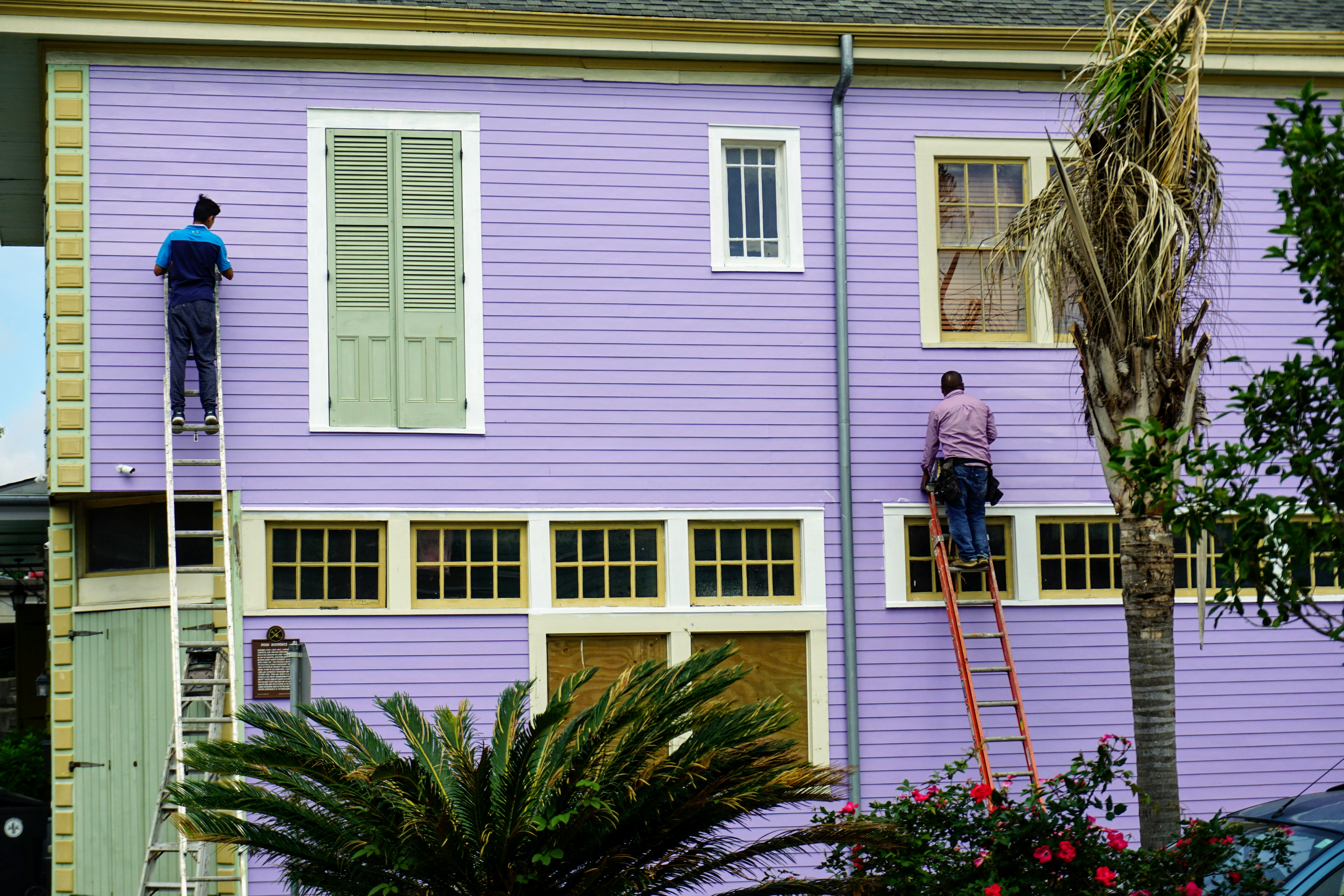
Some homeowners are reluctant to install new siding because they believe the process will be lengthy and disruptive. While siding installation does require time and careful execution, advances in materials and techniques have made the process more efficient.
Typical Timeline for Siding Installation
The timeline for siding installation varies depending on the project’s scope and the materials used. On average, professional installation can take from a few days to a couple of weeks. Factors like the size of the home, weather conditions, and the complexity of the design influence the duration. Knowing what to expect can help homeowners plan accordingly and minimize disruption to their daily lives.
Strategies for Minimizing Disruption
Professional siding contractors implement strategies to minimize disruption during installation. They often work in sections, completing one area before moving to the next, allowing homeowners to maintain some normalcy. Communicating clearly with the installation team and setting expectations can also help manage the process smoothly. By understanding these strategies, homeowners can ensure a more comfortable experience during siding installation.
Myth 5: All Siding Materials Are the Same

There is a common misconception that all siding materials offer the same level of protection and performance. This myth can lead to poor choices that don’t meet a home’s specific needs. In reality, different siding materials provide varying levels of durability, insulation, and resistance to environmental factors.
Comparing the Performance of Siding Materials
Each siding material offers different performance benefits. Vinyl siding is known for its low maintenance and affordability, while wood siding provides a natural aesthetic but requires regular upkeep. Fiber cement siding offers excellent durability and resistance to pests and fire, making it a popular choice for many homeowners. Metal siding is highly durable and low-maintenance, ideal for extreme weather conditions. Understanding these differences helps homeowners choose the best material for their specific needs.
Assessing Environmental and Insulation Benefits
Siding materials also vary in their environmental impact and insulation properties. Fiber cement and metal siding are often made from sustainable materials and offer better insulation than vinyl or wood. These materials can improve a home’s energy efficiency, reducing heating and cooling costs. Evaluating the environmental benefits and insulation properties of different siding options can help homeowners make more informed decisions.
Myth 6: Siding Installation Is Too Expensive

The perception that siding installation is prohibitively expensive prevents some homeowners from considering it a viable home improvement option. While the initial cost can be significant, the long-term benefits often outweigh the expenses, making it a worthwhile investment.
Evaluating the Cost-Effectiveness of Siding
Investing in high-quality siding can lead to substantial savings over time. Durable siding materials, such as fiber cement and metal, require less frequent replacements and lower maintenance costs compared to cheaper alternatives. While siding primarily enhances the aesthetic appeal of a home, choosing materials known for their longevity can help homeowners avoid frequent replacement costs. By evaluating the long-term benefits and potential savings, homeowners can see that siding installation is a cost-effective investment.
Financing and Incentives for Siding Projects
Homeowners can explore various financing options and incentives to make siding installation more affordable. Many contractors offer financing plans that spread the cost over manageable monthly payments. Additionally, energy-efficient siding materials may qualify for rebates or tax credits, further reducing the overall expense. Understanding these financial options can help homeowners plan their siding projects without straining their budgets.
Myth 7: Siding Isn’t Durable

Many homeowners believe that siding lacks durability and won’t withstand harsh weather conditions or the test of time. This misconception often leads to hesitation when considering siding as a viable option for their home’s exterior.
The Durability of Modern Siding Materials
Modern siding materials are engineered for enhanced durability and resilience. Vinyl siding, for instance, can last 20-40 years with minimal maintenance, while fiber cement siding boasts a lifespan of over 50 years. Metal siding is known for its exceptional strength and can withstand extreme weather conditions, including high winds and hail. These materials are designed to resist cracking, warping, and fading, ensuring long-lasting protection and appearance for your home.
Real-Life Performance in Harsh Conditions
Siding’s durability is proven through its performance in various harsh conditions. For example, fiber cement siding is resistant to fire, pests, and rot, making it ideal for areas prone to wildfires and termite infestations. Metal siding can handle heavy snow, rain, and high temperatures without deteriorating. Vinyl siding is highly resistant to moisture and can handle the freeze-thaw cycles of colder climates. These real-life examples demonstrate that modern siding materials can effectively protect homes in diverse environments.
Conclusion
Siding installation is often surrounded by myths and misconceptions that can mislead homeowners. From the belief that all siding materials have the same durability to the idea that DIY installation is straightforward, these myths can lead to poor decisions and potential damage to your home. Understanding the truth behind these myths is crucial for making informed decisions. Different siding materials offer varying levels of durability, aesthetics, and maintenance needs. Professional installation is essential for optimal performance and longevity, while regular maintenance is key to preserving the siding’s protective qualities. Additionally, modern siding materials are designed for durability and can significantly enhance your home’s energy efficiency and appearance. By debunking these common myths, homeowners can confidently choose the best siding options and ensure a successful, long-lasting exterior upgrade.

